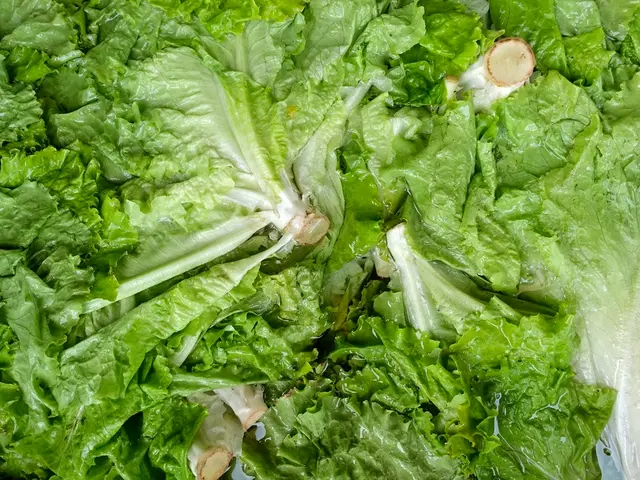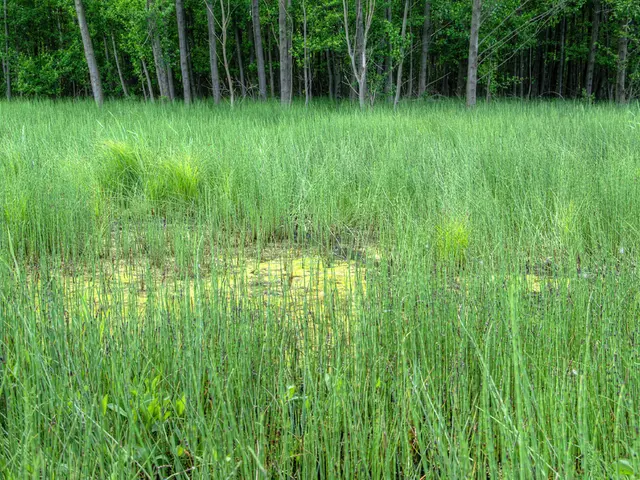Decomposition of Organic Waste at Home
In the quest to create a thriving garden, one essential element often overlooked is the use of nutrient-rich compost. This guide will walk you through the process of creating your own compost, from materials needed to the steps involved, and how to use it effectively in your garden.
## Materials Needed
The foundation of any compost pile begins with the right materials. Here's a list of what you'll need:
- **"Green" Materials**: These are rich in nitrogen and include kitchen scraps (fruits and vegetables), grass clippings, and manure from herbivores. - **"Brown" Materials**: These are high in carbon and include dry leaves, straw, shredded newspaper, and finely shredded twigs and branches. - **Compost Accelerators**: These can include materials like peat moss or coconut coir for moisture retention and worm castings for beneficial microbes.
## Steps to Create Nutrient-Rich Compost
1. **Layering**: Start with a layer of brown materials to provide carbon. Add a layer of green materials to provide nitrogen. Continue alternating layers, ending with a brown layer on top.
2. **Moisture Control**: Keep the pile moist but not soggy. The ideal consistency is like a damp sponge. Regularly check and adjust the moisture level, as dry conditions can slow down decomposition.
3. **Aeration**: Every few days, turn the pile to ensure aerobic conditions and prevent anaerobic odors. This step is crucial for fostering beneficial microorganisms.
4. **Monitoring Temperature**: Compost piles can get hot, often reaching temperatures of 130°F to 140°F (54°C to 60°C). This heat helps kill pathogens. Monitor temperature to ensure it doesn't get too hot, which can kill off beneficial microbes.
5. **Maturation**: Allow the compost to mature fully. This can take several months, depending on factors like material mix and pile size. Once mature, compost should be dark, crumbly, and have an earthy aroma.
6. **Incorporating Additives**: Consider adding small amounts of crushed eggshells for calcium or worm castings for beneficial microbes. Bokashi can be used to break down food waste into nutrient-rich compost quickly.
## Using Compost in Your Garden
- **Mix with Soil**: Combine 30-40% mature compost with topsoil and other amendments for a balanced garden mix. - **Top Dressing**: Apply a thin layer of compost on top of the soil to enhance soil health and fertility over time. - **Seedling Mix**: For seedlings, mix a smaller percentage of compost with materials like coco peat to avoid over-fertilization.
By following these steps and incorporating a mix of materials, you can create nutrient-rich compost that significantly improves your garden's health and productivity.
## Composting Options
There are various composting options available to suit different needs and spaces. Here are a few examples:
- EZ Compost Wizard Jr. is a 7 cubic foot compost tumbler. - Jora JK125 Composter has a composting capacity of 4.5 cubic feet. - Jora JK270 Composter has a larger capacity of 9.5 cubic feet. - Hungry Bin is a continuous flow worm composter. - Aeroplus 3-Stage Compost Bin has a capacity of 21 cubic feet. - Worm Factory 360 Composter is another available composting option. - Ceramic Compost Keeper is a compost-related product.
Natural Cedar Raised Garden Beds are also available for purchase.
By choosing the right composting method and maintaining your compost pile regularly, you'll be well on your way to creating a nutrient-rich compost that will benefit your garden for years to come.
- In the process of adding nutrient-rich compost to your garden, consider incorporating a combination of 'green' materials like kitchen scraps, manure, and grass clippings (rich in nitrogen), along with 'brown' materials such as dry leaves, straw, and shredded newspaper (high in carbon).
- To improve the aesthetics of your home and garden, consider adding a stylish and efficient composting bin like the EZ Compost Wizard Jr., Jora JK125 Composter, or Hungry Bin, which will help you maintain a nutrient-rich compost for use in your garden.




